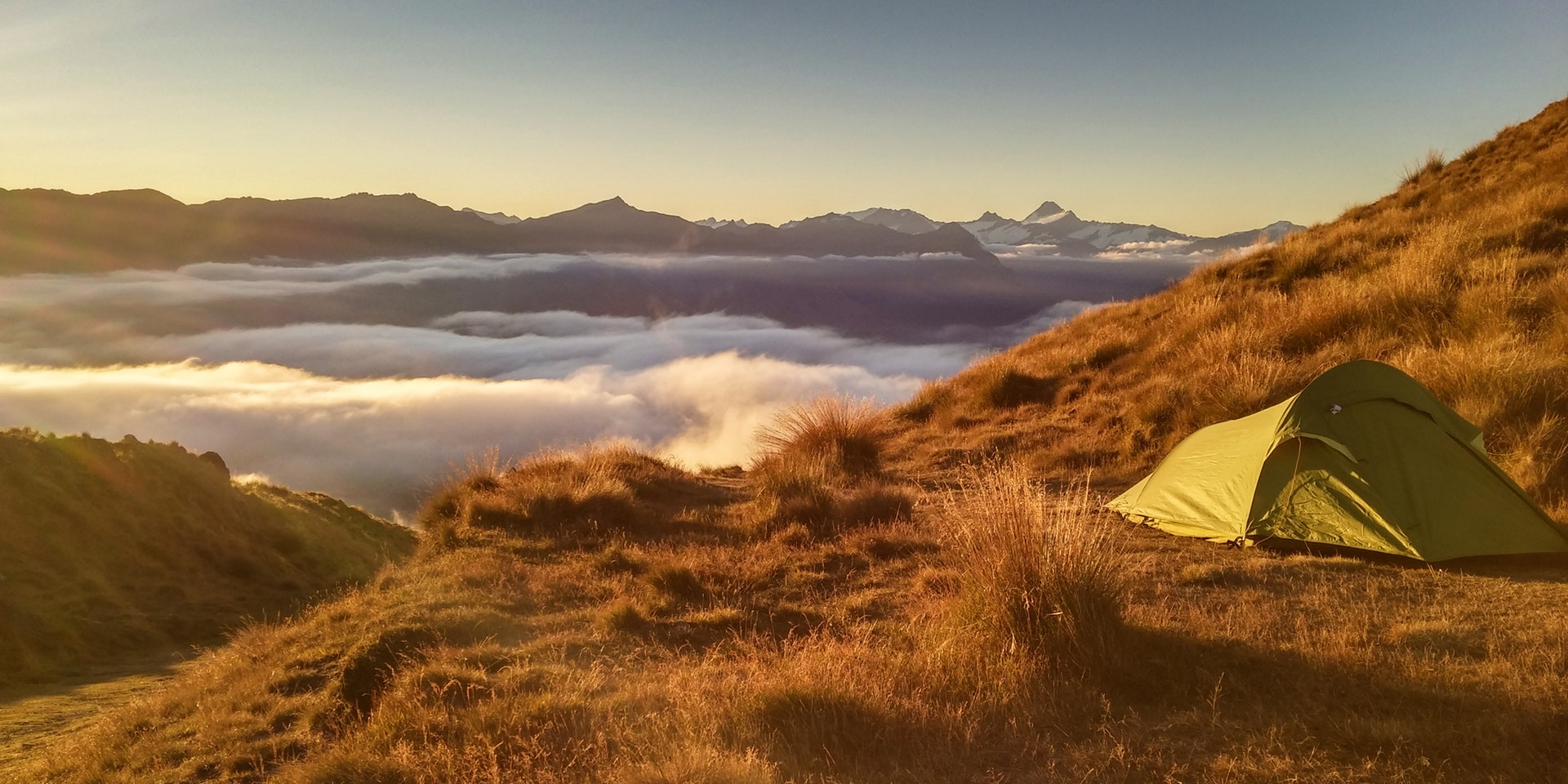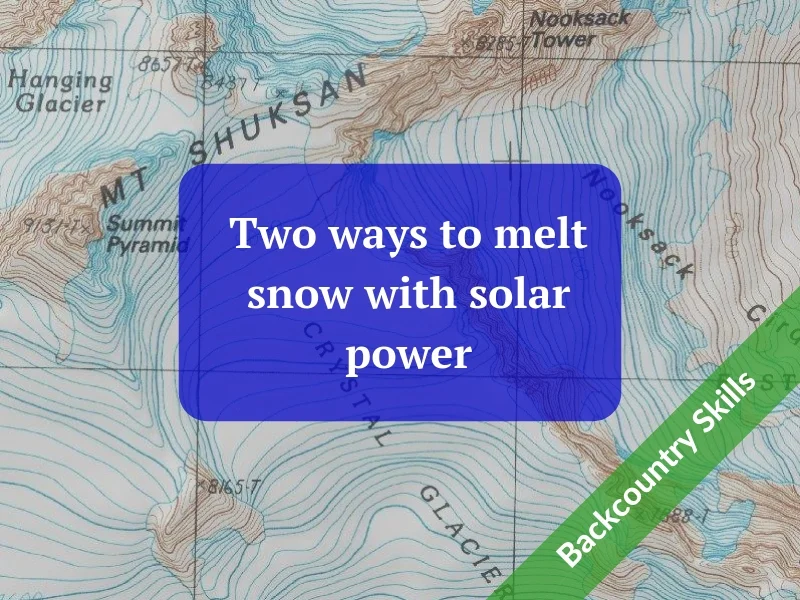
Backcountry Skills
Here are detailed tips to keep your phone running longer in the backcountry: changing some phone settings, navigation tricks, and cold-weather protection. Yes, your phone can last for many days on one charge!
A floorless, pyramid style tarp tent has some advantages over more traditional mountaineering tents when it comes to camping in snow and multi day ski tours. Let's learn a few clever tips for setting it up for maximum comfort, from the experts at Graybird Guiding.
Nope, this is not a tip for alpine climbing, but it might come in handy next time you do a road trip. Here are some desert tested tIps for keeping your cooler organized, clean, and preserving your ice on longer trips where ice resupply is not an option. (Ever heard of “cooler soup”? It's something you don't want to try.)
A broken waist belt buckle can be a substantial problem on a remote trip with a heavy pack. However, with this clever tip, you can probably fix it with just two carabiners.
Lots of people use water bladders, but they have a host of downsides that are rarely considered. Here's a list of why water bladders really do “suck”.
Carrying a tarp is not only for shelter; it does extra duty as a first aid and rescue tool. Here's a slick way to make an emergency snow trench shelter with a tarp.
This account of a lost person (shared with her permission) is instructive at many levels. As you read it, make some mental notes about her good decisions and perhaps not so good decisions. Could this happen to just about anyone? Answer, yes.
This emergency firestarter is free, very lightweight, completely waterproof, and gives you a nice steady burn for at least five minutes. Oh, and be sure to stay upwind.
Every mountaineer has faced that 4 AM decision: Stay in my bag until my eyeballs get yellow, or leave my warm tent, go outside and take a pee? Fortunately, there’s a middle ground.
Heading out on a conditioning hike? Put a little thought into your clothing, food, and navigation to get more out of your day.
Creek crossing is a common and potentially dangerous part of many mountaineering approaches. Here are some simple techniques to lower the risk.
No, you don’t always need that $220(!) MSR Reactor stove to melt snow at your high camp. Try free solar power instead.
Looking for a lightweight, inexpensive and versatile emergency backcountry shelter? Using this common item is a great choice.
Carrying your entire wallet and keychain on a backcountry trip is obviously unnecessary, but you also don't want to leave them inside your car at a sketchy trail head. Solution: the climber’s wallet.
This one might sound like a no brainer, but so many people do this wrong - Keep your ground cloth all the way underneath your tent.
Don't you love that funky smell that old tents always seem to get after a few years? No, neither do we. Be sure and dry it out after your trip to keep it smelling fresh.
The long time standard for hiking water bottles is the one quart Nalgene. But, they are heavy and expensive and a bit over built for most hiking purposes. Here's a better option.
Want a terrific firestarter that’s free and burns great? Look no further than a supermarket - waxed cardboard produce boxes are your friend.
Camping in sub freezing conditions? Drinking water is a valuable commodity. Here's how to keep it from freezing.
























